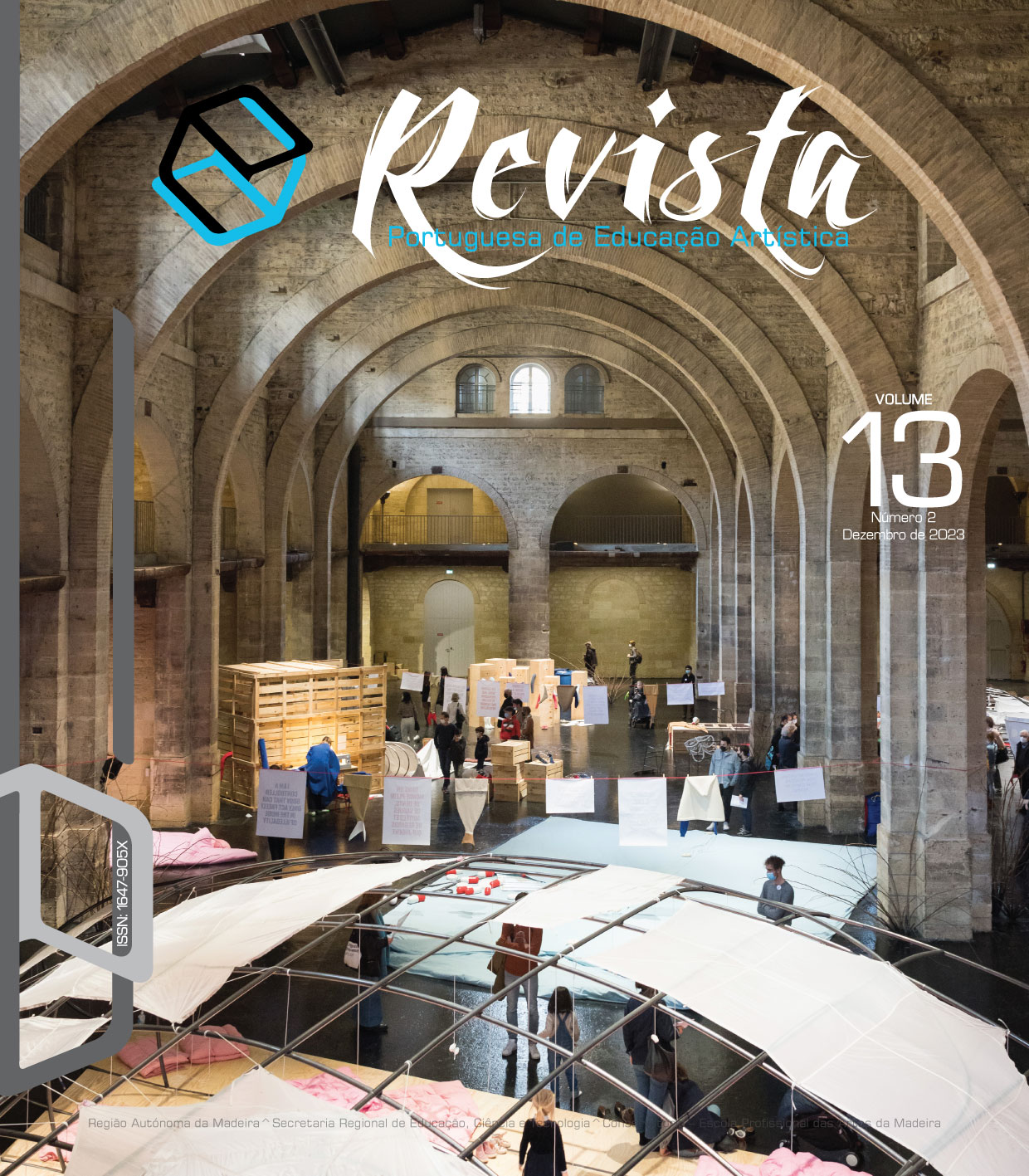Structural Barriers to Accessing Culture
DOI:
https://doi.org/10.34639/rpea.v13i2.234Keywords:
Culture, Europe, Investment, BarriersAbstract
As Europe, we need to reach a commitment with Culture. The first commitment should be to guarantee greater investment and differentiated cultural mobility for the ultra-peripheral regions. This implies having direct financing to schools for cultural visits, as well as study or internship scholarships in cultural institutions.
On the other hand, no less important, we need tax justice in the cultural area so that there is no double taxation and there is a reduction in taxes for private entities that finance Culture. The former President of the European Commission, Juncker, stated that artists and creators were the “crown jewels” of Europe. The President of the European Parliament stated that “culture, more than the economy, is what unites us.”
I would like to see this Union as concerned with cultural tenths as it is with tenths of the banking and financial system. I would like to see what that other Europe would be like, one that chooses to invest more in culture. Investing in Culture is investing in Democracy. It is investing in human dignity and memory. In our memory.
This implies, I insist, the political courage to geographically decentralize the investment made in Culture and to bet on cultural mobility. The mobility of European and third-country artists is a way of promoting peace, sharing visions, and deconstructing stereotypical social and cultural representations.
Downloads
Published
Issue
Section
License
Copyright (c) 2024 Liliana Rodrigues

This work is licensed under a Creative Commons Attribution-NonCommercial 4.0 International License.

The work Revista Portuguesa de Educação Artística (Portuguese Journal of Artistic Education) is certified under Licence-Creative Commons Attribution-NonCommercial 4.0 International (CC BY-NC 4.0).





